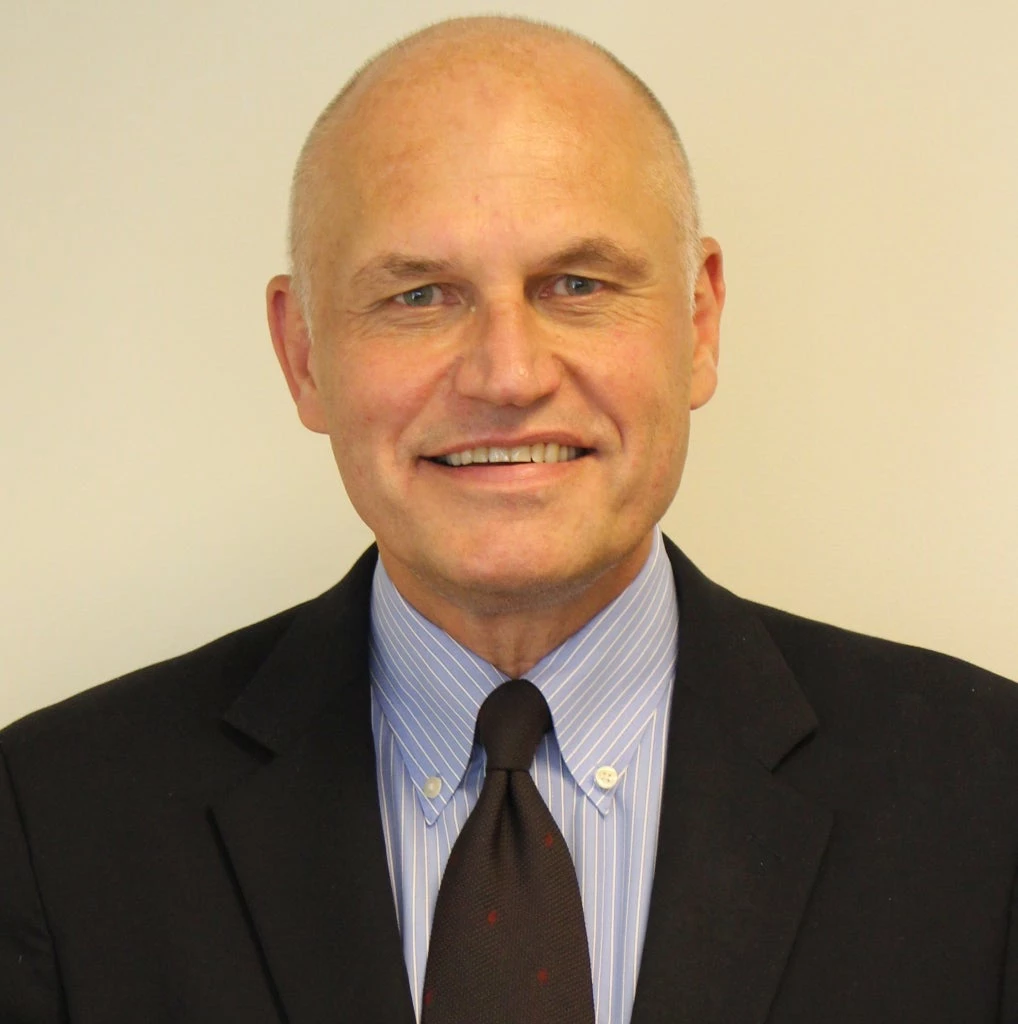 A woman sells goods in an African market. Photo credit: Shutterstock
A woman sells goods in an African market. Photo credit: Shutterstock
As the world slowly emerges from the COVID-19 pandemic, it is an opportune time to take stock of the implications of the pandemic response for the social protection sector and to define new strategic priorities. History tells us that crises can often accelerate advances in social protection as a result of an increased appreciation of its importance, lessons learned about the deficiencies in systems revealed by the crisis, and the know-how generated in the response. This is all true in the case of COVID-19.
With this in mind, at the World Bank we are launching an update to our Social Protection and Jobs sector strategy, also called the SPJ Compass. The Compass provides a guide to our engagement with countries to learn the lessons from the COVID-19 pandemic, and importantly, to progressively build universal social protection (USP) systems that will help them better protect and support their people in the future, always starting with the poorest and most vulnerable.
COVID-19 catalyzed thousands of social protection measures, but countries’ commitment remains unclear
The COVID-19 pandemic proved to be a major catalyst for increasing the global focus on social protection. Over the course of 2020-2021, countries across the globe implemented close to 4,000 social protection measures to respond to its economic impact. Cash transfers alone reached around 1.4 billion people or one out of six people in the world. The World Bank doubled its pre-COVID-19 social protection portfolio and provided more than $14 billion to 60 countries, including 16 countries affected by fragility and conflict, reaching more than one billion people worldwide.
While this response was unprecedented and bought with it many innovations, the speed, scale and scope of delivering social assistance varied widely across countries. Many countries faced a challenge to meet the needs of the informal sector, where delivery systems were often unable to reach the “missed middle” of the income distribution.
There are some concerning signals. Just as countries have begun to recover from the pandemic, they have been hit with yet another major global shock in the form of the food and fuel price inflation. Again, countries have responded. But whereas the response to COVID-19 overwhelmingly used targeted cash transfer programs, the response to the new crisis has relied much more on subsidies, particularly fuel, food, and utility subsidies that are often not targeted. Such measures can have a role to play, but they tend to be far less progressive and far less efficient than other alternatives.
Building USP systems to address future shocks
So, what should be our advice to policymakers to help them avoid these pitfalls? In short, now more than ever, countries need to build USP systems. Shocks are only likely to become more prevalent as longer-term global trends like the evolving nature of work, demographic change, climate change, and conflict and fragility reshape economies and societies.
And these trends have implications for how countries organize their social protection systems. Under a USP framework, programs across the social assistance, social insurance, and labor market domains should work together as an integrated system ensuring that all people are able to get effective support when and how they need it , and enabling them to weather these repeated shocks and build strong, sustainable livelihoods.
We have identified five big strategic areas of focus to support countries with this agenda:
- First, to develop fiscally and politically sustainable USP systems, countries must establish a longer-term vision for the sector that can guide their institutional and program development. Having clarity of vision can help governments move towards USP in a coherent, incremental fashion and to avoid taking any steps that might undermine its achievement.
- Second, given the very significant gaps that exist, there is a need to greatly expand effective coverage of social protection programs to address the different needs of the entire population. Within this, we emphasize both expanding support in fragile and conflict affected places and ensuring that programs account for the specific needs of many groups who face barriers to access.
- Third, countries must build more resilient, adaptive and dynamic programming. This can leverage the important progress in adaptive social protection in recent years by increasingly focusing on the capacity of social protection systems to adapt to idiosyncratic shocks that affect individual people and households as well as larger community shocks.
- Fourth, there is a need to significantly increase the scale and quality of economic inclusion and labor market programs. For the millions of working poor in low-productivity jobs with few protections, and those outside of the labor market altogether, these programs can provide much needed support to access better economic opportunities and increase earnings.
- Finally, the progressive realization of USP will require that much more fiscal space is created for social protection. Undoubtedly, increasing the efficiency of existing spending should be a key component of this. That may require making some hard choices as regards current programming. Beyond this, many countries will need to mobilize a lot more domestic resources, both through tax reform as well as working with donors on increasing alignment of spending.
Working in these areas, countries have an unprecedented opportunity to build on the experience of recent years to reach a new equilibrium; one that represents a deeper commitment to more and better social protection based on a long-term, evidence-based vision for the sector. This is work that can start to turn the USP vision into a USP reality. The World Bank is excited to work with our country clients and multilateral and bilateral partners across the globe in that vital effort.


Join the Conversation